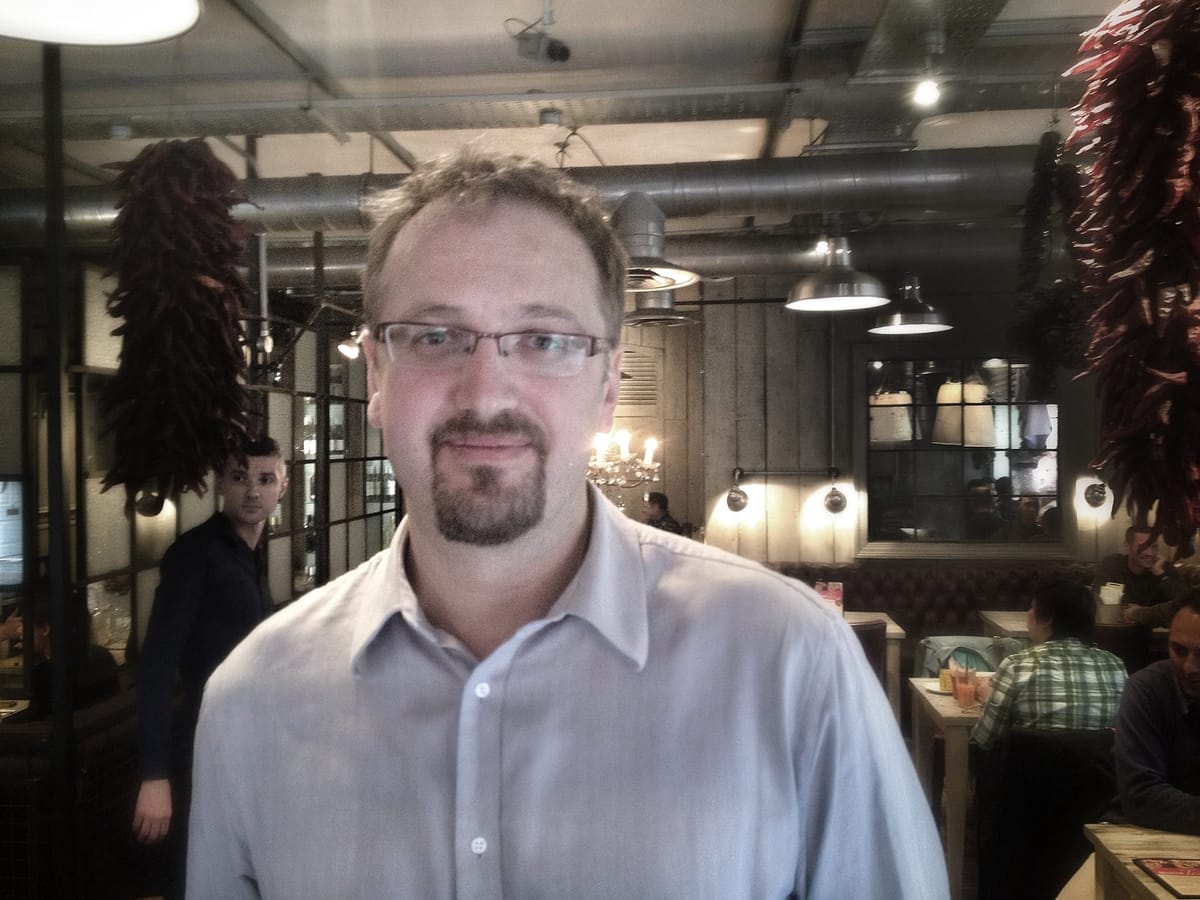Need to find any physical thing? There’s an app for that

Is there anything you can’t Google these days?
Actually, yes, there’s still quite a bit of information that’s not easily accessible digitally. And that fact is making our jobs, businesses and cities far less efficient than they could be.
That’s what Bill Clee discovered while helping with the construction of facilities for the 2012 Summer Olympics in London. A specialist in computer-aided design (CAD) and geographic information systems (GIS), Clee found that a lot of time and money were often spent trying to locate things that should have been easy to find, but weren’t: things like security cameras, smoke detectors or air-conditioning units.
“By the time we’d released a drawing, everybody was kind of out of sync,” Clee recalls.
The problem, he realized, was that designs were frequently changed by hand repeatedly before construction got under way. This meant the drawings used to locate various assets for upgrades or repairs could be out of date and, in some cases, wildly inaccurate. As a result, workers could find themselves wandering around for many minutes or even hours before finding the right site for a job.
“There’s so much more information on a construction site now that people can almost not do their jobs,” Clee says.
In one especially troublesome case, he recalls, contractors spent literally months trying to figure out how to install one particular light that was called for in the plans but didn’t seem to have a realistic, real-world place in which to put it. Eventually, the whole problem was traced to a typo on an Excel sheet: a light was never meant to be in that location in the first place.
When Clee and his team looked for a solution to the problem, they couldn’t find one. So they decided to develop one for themselves.
That was the beginning of Asset Mapping.
A Google map for equipment
“We were trying to deal with a construction issue and ended up solving another problem,” Clee says. “It was kind of like opening a little door in your house and discovering a whole new house.”
Just as you can use Google Maps to locate buildings, parks, roads and more, Clee reasoned, you should be able to use it to locate the assets in those locations. All any asset needs is a unique ID and, from there on, it can be as quickly and easily located as anything else in Google Maps.
And that’s what Asset Mapping does. Once any physical asset has been identified in a CAD drawing, and that information has been imported into Asset Mapping, subsequent updates and changes in CAD will be automatically updated in Asset Mapping as well. So, for example, when someone in the office changes the proposed location for a fire extinguisher in a building plan, workers in the field will see the correct location instantly when they check the plans online.
“What they’re dealing with is living data,” Clee says.
That kind of real-time accuracy has a large potential for savings, he adds.
Typically, 57 percent of construction projects fall behind schedule and 69 percent go over budget, according to Asset Mapping’s website. A significant portion of that can be attributed to the slow, outdated ways in which construction documents are created, shared and updated.
“Businesses spend on average 40% of their time validating information, status and the location of their high-value physical assets by using conventional methods and tools such as spreadsheets, text documents and PDF drawings in need of continuous synchronization,” the Asset Mapping site explains. “This does not only come at a hefty price to businesses, but leaves room for errors and thus inaccurate and unreliable data.”
The potential benefits aren’t limited to just construction teams, either. With efforts under way around the globe to make cities “smarter” and more sustainable, having a way to accurately pinpoint any municipal asset – whether that’s something as large as a building or as small as a cellphone – could make city maintenance and operations far more efficient and cost-effective.
Mapping future cities
Imagine, for example, a future city where every lamppost, traffic light, fire hydrant and bus station bench had a unique ID. Using a cellphone’s QR code scanner or GPS data, a citizen could quickly and easily report the exact location of a burned-out light-bulb or broken bench.
Asset Mapping is exploring just such possibilities with the help of a £100,000 grant from the UK’s Technology Strategy Board (TSB). The company is using the Future Cities program grant to study the feasibility of using its application in a UK city.
So far, Clee says, “We’ve heard quite a spectrum of needs.”
One big challenge in a city like London, for example, is helping first-time visitors know how to reach their destinations and find parking once they get there – an online app like Asset Mapping could help with that, Clee says. On the other hand, a city department could use it to pinpoint a worker’s cellphone, thus verifying the location of an employee who’s out on a job but not answering calls for whatever reason.
“What makes somebody smart?” Clee asks. “They need good information to make good decisions.”




